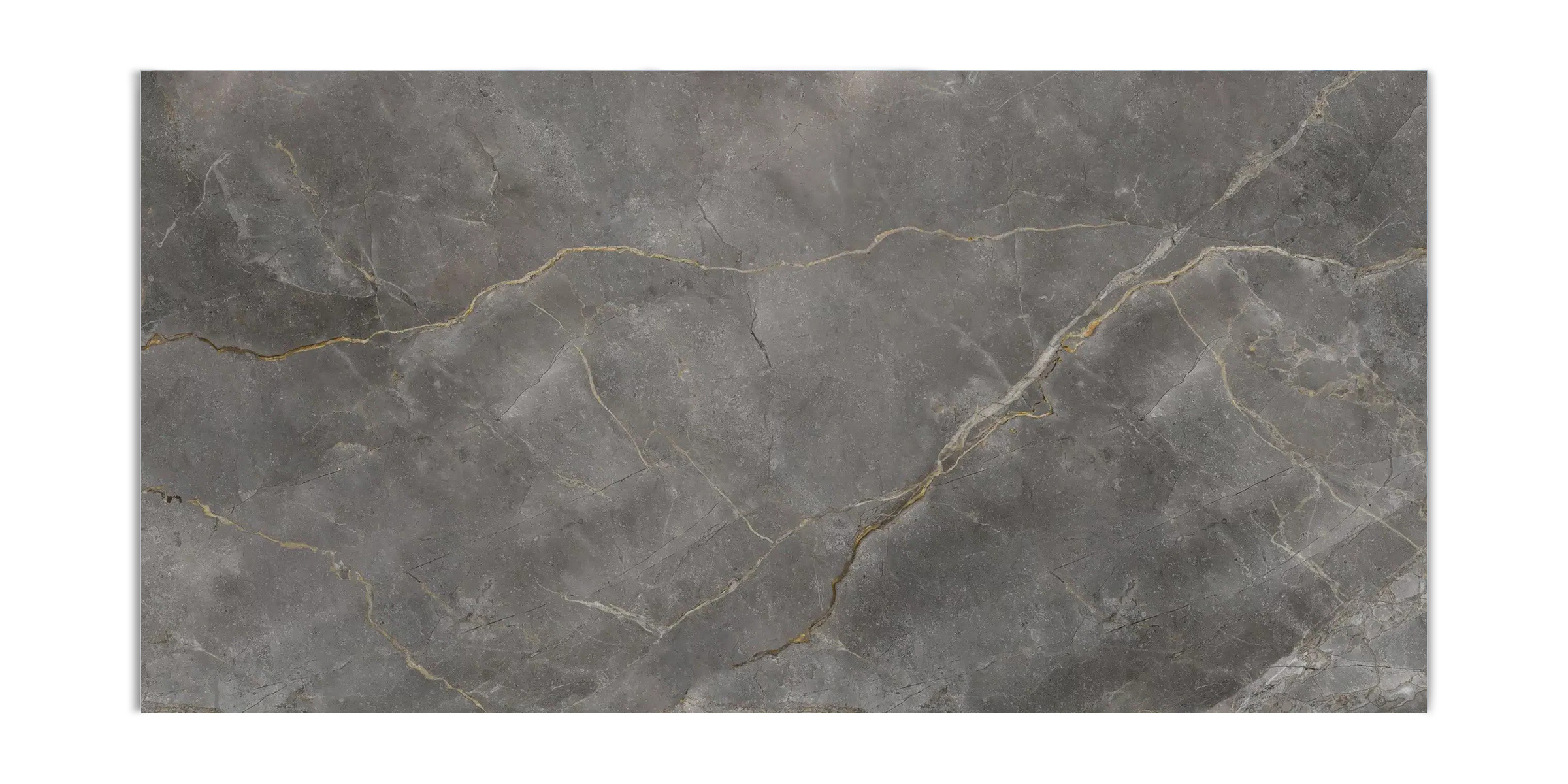What is the downside of porcelain countertops? Porcelain countertops have been gaining popularity for their sleek aesthetic, durability, and low-maintenance surface. However, while they offer many advantages, there are some downsides to keep in mind before deciding on porcelain for your kitchen or bathroom. Here, we break down some of the challenges and limitations associated with porcelain countertops to help you make an informed choice.
1. Higher Cost for Installation
- Why It’s an Issue: Porcelain countertops tend to be thin and can be difficult to handle during installation. They often require specialized equipment and skilled professionals for a seamless fit.
- Impact: Though porcelain itself may be priced competitively, installation costs can add up. The installation process requires precise cutting and careful handling to avoid cracks, especially for edges and seams. Additionally, if the surface is damaged during installation, replacing an entire section could become costly.
2. Limited Edge Design Options
- Why It’s an Issue: Unlike quartz or granite, which can have various custom edges, porcelain countertops generally offer limited edge design possibilities.
- Impact: If you’re hoping for a more customized edge profile—like an ogee or beveled edge—you may be limited with porcelain. This is due to its thinness and brittleness, which make complex edges difficult to achieve without risking damage to the slab.
3. Risk of Chipping and Cracking
- Why It’s an Issue: Although porcelain is resistant to scratches and stains, it is not immune to chips or cracks, particularly on the edges.
- Impact: Porcelain breaks more easily than materials like quartzite or granite, which withstand more impact. Using heavy cookware or frequently dropping items can cause chips, especially along the countertop’s edges. Though damage is often repairable, it may require professional assistance.
4. Inconsistent Patterning
- Why It’s an Issue: Porcelain countertops are usually manufactured with a printed pattern, mimicking natural stone or wood grains, and it can look repetitive.
- Impact: While technological advancements have improved the natural look of porcelain patterns, they may lack the organic variation seen in natural stone, especially in large installations. For some homeowners, this uniformity can be a disadvantage if they prefer the unique characteristics of natural stone.
5. Potential Lack of Heat Resistance on Some Surfaces
- Why It’s an Issue: While porcelain is generally heat-resistant, some manufacturers use a glaze or finish that may not withstand very high temperatures.
- Impact: Porcelain can typically handle moderate heat; however, to avoid cracks, discoloration, or dulling, it’s best to use trivets or pads when placing hot pots or pans on the surface. Checking with the manufacturer about specific heat tolerance levels is essential before relying on the countertop as a heat-resistant surface.
6. Thinness and Limited Versatility
- Why It’s an Issue: Porcelain slabs are generally available in thinner cuts, which can limit versatility in design.
- Impact: The thin profile of most porcelain slabs often requires additional support underneath, especially for larger islands or extended countertop surfaces. Although the appearance can be modified to give the illusion of thickness, it may limit certain design options or require added structural support.
7. Difficulty in Repairing Large Cracks or Damage
- Why It’s an Issue: While minor chips are often fixable, significant damage or cracks are harder to repair on porcelain.
- Impact: If large cracks appear, replacement may be the only solution. Repairing large breaks in porcelain is challenging because its fragility and manufacturing process often compromise the countertop’s appearance or strength, whereas natural stone allows for easier patching.
8. Limited Availability of Colors and Textures
- Why It’s an Issue: Porcelain countertops are available in various styles, but the selection may not be as diverse as quartz or granite.
- Impact: While porcelain manufacturers have improved the variety of designs, the range of colors and finishes might still fall short if you’re looking for more vibrant or unusual hues. This may limit personalization options for those seeking specific colors or textures beyond the typical neutral tones or stone mimics.
Is Porcelain Right for You?
What is the downside of porcelain countertops? For many homeowners, the durability, stain resistance, and modern look of porcelain are more than enough to justify the investment. However, if you’re looking for something with more edge customization, or if you’re concerned about potential chipping, it’s worth exploring alternative countertop materials. Whether you ultimately choose porcelain or another material, understanding the pros and cons and what is the downside of porcelain countertops will ensure you select the perfect countertop for your lifestyle and design preferences.
If you’re seriously considering porcelain, getting samples, asking manufacturers detailed questions, and consulting with experienced installers can give you the best insight into how it will perform in your space.

